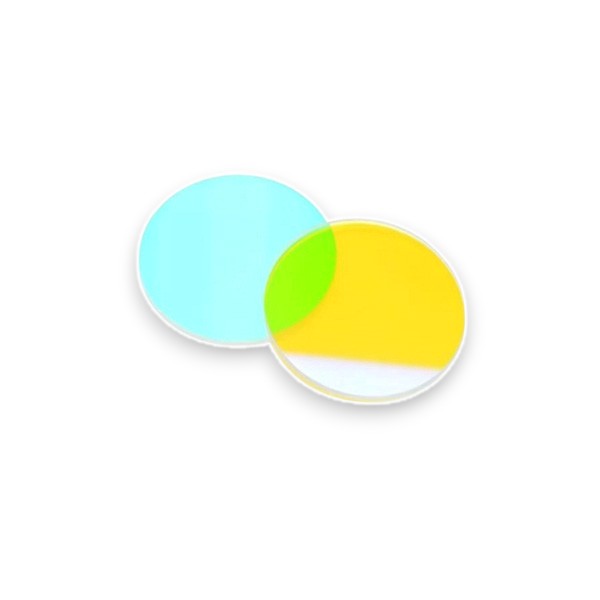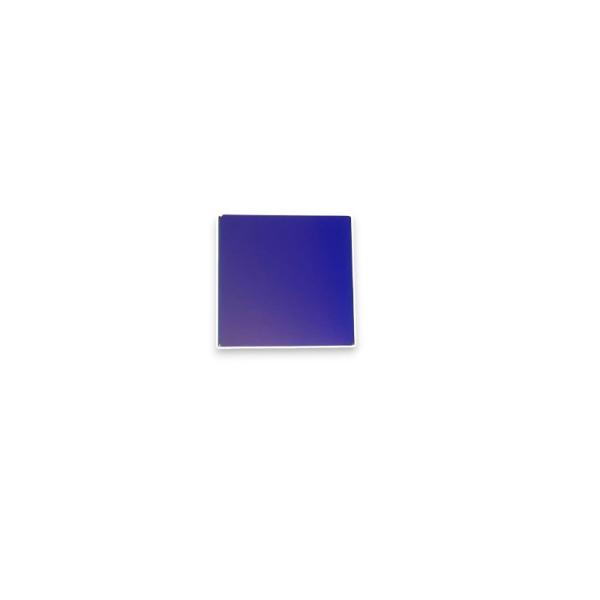Dichroic Mirror
Dichroic Mirror Series
FAQs
A dichroic mirror is a wavelength-selective optical filter that reflects specific wavelengths of light while transmitting others. It is typically made from a glass substrate such as fused silica or BK7, and constructed with dozens to hundreds of alternating high and low refractive index dielectric layers based on the principle of thin-film interference.
A dichroic mirror works through multilayer thin-film interference. Based on the principle that different wavelengths of light experience constructive or destructive interference due to phase differences in the multilayer stack, specific wavelengths are reflected while others are transmitted.
The core function of a dichroic filter is to split or combine light. For example, in fluorescence microscopy, it reflects excitation light (short wavelengths) to the sample while transmitting the fluorescence signal (long wavelengths). In laser systems, it can be used to combine beams of different wavelengths. It can also be used for spectral separation or to block specific interfering wavelengths.
When selecting a dichroic filter, the following factors should be considered:
-
Target wavelengths (define transmission and reflection bands)
-
Angle of incidence: 0° or 45°
-
Damage threshold: required if high-power lasers are involved
-
Polarization characteristics
We offer custom dichroic mirrors covering the 200–2000 nm wavelength range, including single-band or multi-band designs. Customization is available based on the transmission/reflection curves or system requirements provided by the customer.



